#LEDs
Explore tagged Tumblr posts
Text
Rainbow gifs that are frequently reuploaded without proper credit
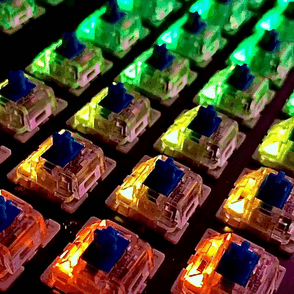

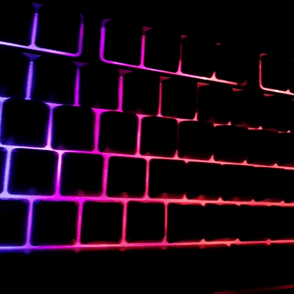
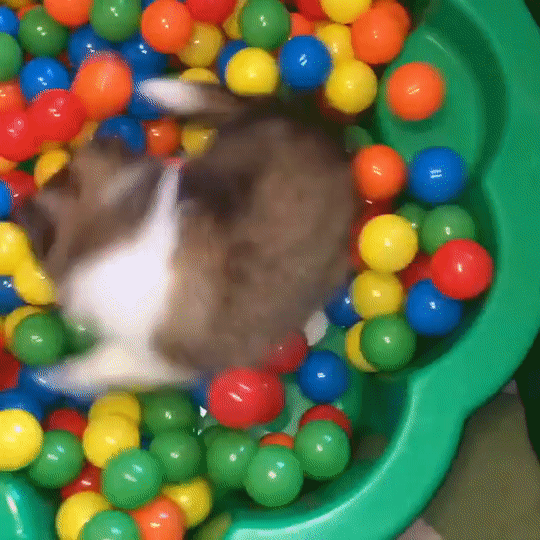
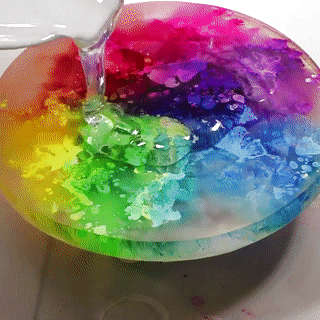
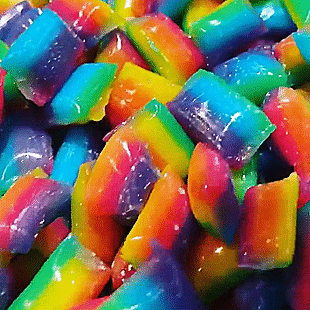

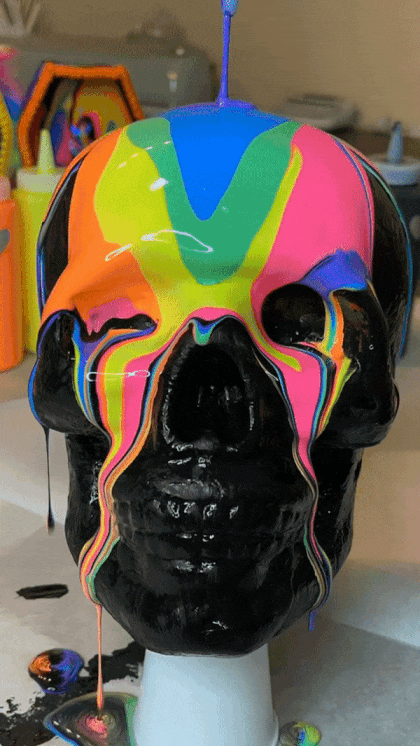
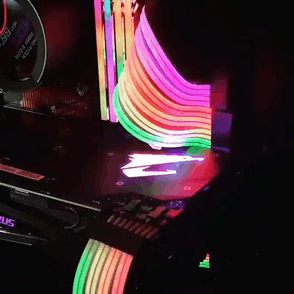
Aibostims || Thesarahshow || Aibostims
Sensorykid || Sensorykid || Demolding
Dualvoidanima || Sensoryscene || Aibostims
#rainbow#stim#neon#glowing#neon stim#bright colors#glowcore#stimmy#stimboard#candy#food#leds#led lights#rainbow lights#Pinterest#neon colors#rainbow candy#neon aesthetic#neoncore
819 notes
·
View notes
Photo

117 notes
·
View notes
Text
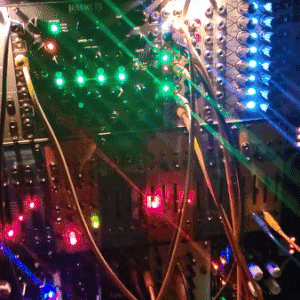
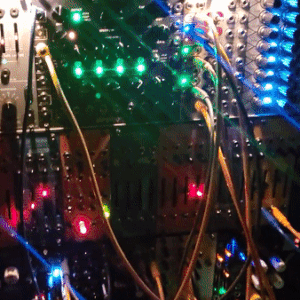

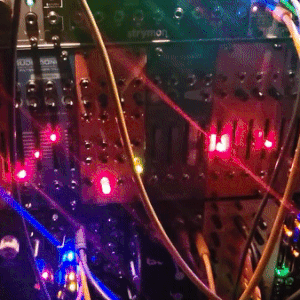
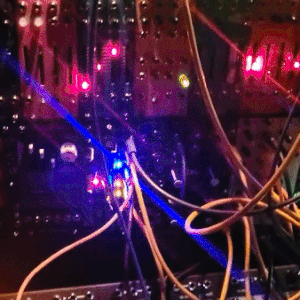
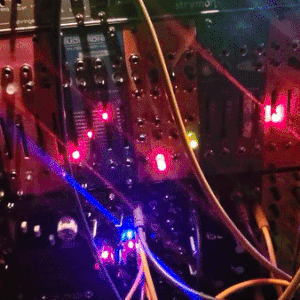
judgedreadbox on yt | source
#talos gifs#stim gifs#stim#tech stim#technology#techcore#modular synth#idm#wires#buttons#lights#LEDs#glow stim#glow#glowcore#neon stim#neon#its like. robot christmas. almost#robotcore#gif ids#id in alt
543 notes
·
View notes
Text



Qingdao, China, 2009.
#flickr#flickr photography#flickr finds#flickr forgotten#web finds#found photography#found images#2000s#2009#qingdao#china#street#market#street market#city#LEDs#led street lights#fish#alley
15 notes
·
View notes
Text

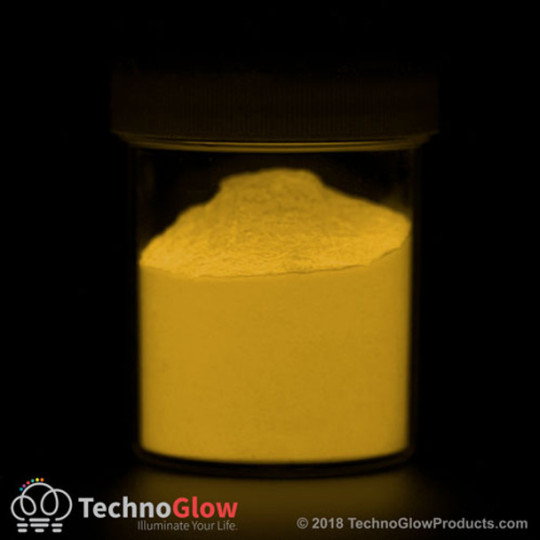


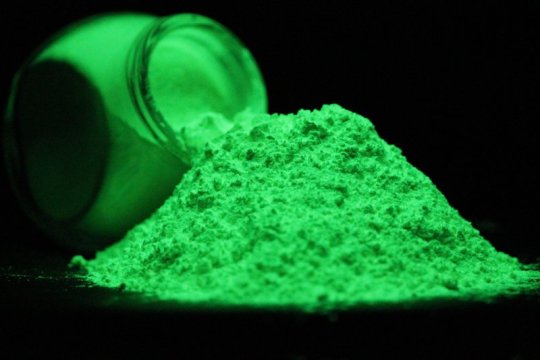
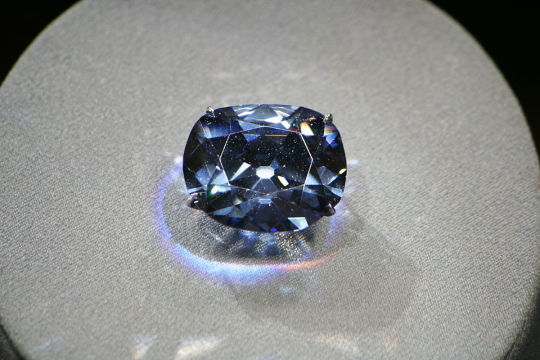



Sources of Color: Doped semiconductors
The mechanism that creates color in doped or activated semiconductors is much the same as that in pure semiconductors—energy bands and the resulting size of the band gap determine the resulting color. However, the difference is that the color is no longer a fundamental aspect of the material itself, but a result of impurities. Light emitting diodes (LEDs) are almost always the result of doped semiconductors, with materials mixed in different quantities to get the desired colors. (Gallium, arsenic, and phosphorus are common dopants/elements.) The color of yellow and blue diamond are caused by similar impurity/dopant atoms.
Sources/Further Reading: (WebExhibits) (University of Wisconsin) (American Mineralogist) (Electronics Tutorials)
Image sources: ( 1 ) ( 2 ) ( 3, 7, and 9 ) ( 4 ) ( 5 ) ( 6 ) ( 8 )
#Materials Science#Science#Color#Semiconductors#Dopants#Light Emitting Diodes#LEDs#MyMSEPost#June25Posts
12 notes
·
View notes
Text


❄️ ~ Snow Blow ~ ❄️ (rgvfoamparties)
(Credit if you use pls!) (ko-fi)
#glowing#glowcore#stim#neon colors#cyan#glow#glowwave#glow stim#glowing effect#glowy#glow aesthetic#LEDs#lights#led lights#blue#bluecore#cyan stim#cyancore#bubbles#bubble gun#bubblecore#bubble stim#bubble gifs#snowcore#snow aesthetic#wintercore#snow
150 notes
·
View notes
Text
youtube
Haunting the streets of London, but make it ✨sparkly✨
#video#youtube#matt gray#halloween#hallowe'en#grim reaper#grim raver#led#leds#rainbow#glitter#3d printing#electronics#cosplay#costume#london#Youtube
43 notes
·
View notes
Text
The first test for our WLED board codename "Sparkle Motion" 🌈💖💡 … 🐇⏳🌌
We got our WLED-friend PCBs today, and we only made one mistake: the wrong resistor on the 3.3V feedback line. Now that it's fixed, the board seems to work great with the latest version of WLED
We are checking all 4 signal outputs with this handy 256-LED grid that sits on our desk. Next, we will test the onboard IR receiver, USB PD, I2S microphone, extra I/O pins, and I2C. We'll also do an Arduino IDE board definition in case folks want to use it as a generic ESP32-to-LED-driver board. We're calling the board "Sparkle Motion" for now, but if you have other naming ideas, let us know - if we pick your name, you get a free board
Sign up, coming soon.
#wled#sparklemotion#leddriver#esp32#electronics#pcbs#arduino#makerprojects#openhardware#opensource#coding#leds#hardwaredesign#innovation#techgeeks#smartlighting#microcontrollers#hardwareengineering#esp32projects#ledmatrix#diyhardware#iotprojects#arduinoide#hardwaretesting#ledtechnology#techmakers#electronicscommunity#prototyping#hardwarehacking#adventuresintech
17 notes
·
View notes
Text

Être, ici/là-bas, 2024 (détail)
Pierres de verre, structure en cuivre, microphone, leds vertes, papier incrustation bleu.
Art dans les chapelles, Pontivy, Bretagne
#glassstone#copper#arborescence#LEDs#microphone#bernard calet#installation art#artiste on tumblr#bernardcalet
34 notes
·
View notes
Text
It’s kinda funny how LED “filament” bulbs aren’t filaments at all. They’re just regular light emitting diodes surrounded by a material which evenly diffuses the light to create the illusion of a filament:

8 notes
·
View notes
Text

Triamgle
6 notes
·
View notes
Text
Why are blue LEDs special?
Blue light emitting diodes (LEDs) are so commonplace today that we may even see them as a bit of a nuisance. It seems like every piece of tech has an absurdly bright blue status indicator lighting up the room by itself. Seriously, get that thing out of your bedroom or cover it up, the blue light is messing with your sleep rhythm.

But as recently as 1993 (Okay, in retrospect, that still sounds pretty modern, but let me get into the history of the LED later), the blue LED was a bit of a holy grail for light researchers. In fact, the inventors of the first high-brightness blue LED received the Nobel Prize in Physics for their work!
The history of the LED might start a little earlier than you think. Over a century, in fact. In 1907 the first incident of electroluminescence from an LED-like device was reported by H.J. Rounds of Marconi Labs (the radio people). It was a very scant glow from a crystal with electricity going through it, and Rounds didn't necessarily fully understand the mechanism, but it kicked off so much more development.

It wasn't until 1927 that Oleg Losev created a real LED and could explain how it worked (it turns out that's an important step with inventing things). But once again, the light was extremely dim, and so practical use was decades away.
Okay, this is going to take forever, so know that a lot of people messed with trying to make them brighter and it didn't work. Fast-forward to the 1960s. A group of researchers finally figured out how to make the light visible and got it commercially viable.

The reason blue was such a hard color to reach is that it's on the wrong end of the band of visible light in the electromagnetic spectrum. It was hard enough getting out of infrared and making the light visible, and now you want it all the way on the other side in blue, next to ultraviolet?
But in 1993 three researchers at once found a way to have the light contain enough energy to be blue. For their work, one received the 2006 Millennium Technology Prize, and all three were jointly given the 2014 Nobel Prize in Physics.
Well, unfortunately, here's where we leave off, because I have been staring at this page for ages and still don't really understand the rest of the concept. Maybe I'll get back to it eventually.
4 notes
·
View notes
Text

Novel perovskite growth method leads to ultrahigh-resolution micro-LED displays
Microscale light-emitting diodes (micro-LEDs) are emerging as a next-generation display technology for optical communications, augmented and virtual reality, and wearable devices. Metal-halide perovskites show great potential for efficient light emission, long-range carrier transport, and scalable manufacturing, making them potentially ideal candidates for bright LED displays. However, manufacturing thin-film perovskites suitable for micro-LED displays faces serious challenges. For example, thin-film perovskites may exhibit inhomogeneous light emission, and their surfaces may be unstable when subjected to lithography. For these reasons, solutions are needed to make thin-film perovskites compatible with micro-LED devices. Recently, a team of Chinese researchers led by Professor Wu Yuchen at the Technical Institute of Physics and Chemistry of the Chinese Academy of Sciences has made significant strides in overcoming these challenges. The team has developed a novel method for the remote epitaxial growth of continuous crystalline perovskite thin films. This advance allows for seamless integration into ultrahigh-resolution micro-LEDs with pixels less than 5 μm.
Read more.
#Materials Science#Science#Perovskites#Light emitting diodes#LEDs#Electronics#Materials processing#Thin films#Crystal growth
18 notes
·
View notes
Text
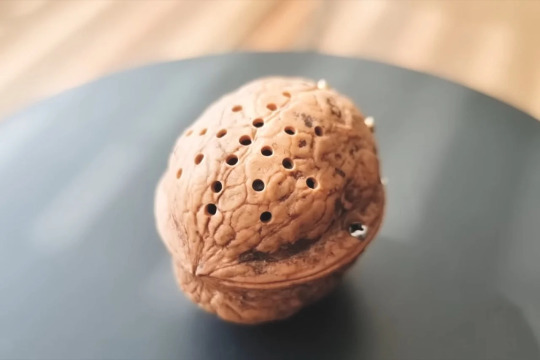
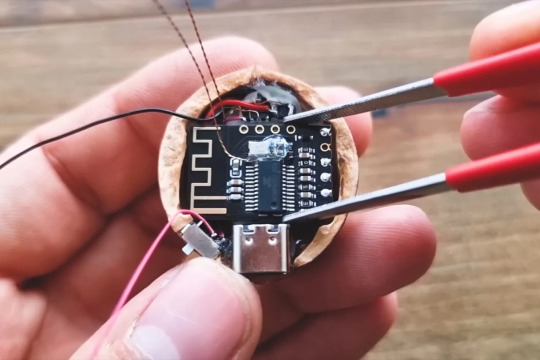


"Walnut" Speaker by Penguin DIY
The speaker itself a miniature little device the size of a… well, walnut. Made from the walnut’s shell, it packs all the necessary components inside, including a mini battery, amp, driver, Bluetooth module, USB-C port, and even buttons and LEDs to control playback or increase/decrease the volume.
#art#design#surreal#fun#funny#funnyshit#funny pictures#walnut#speaker#penguinDIY#walnut shell#bluetooth#USB-C#LEDs
87 notes
·
View notes
